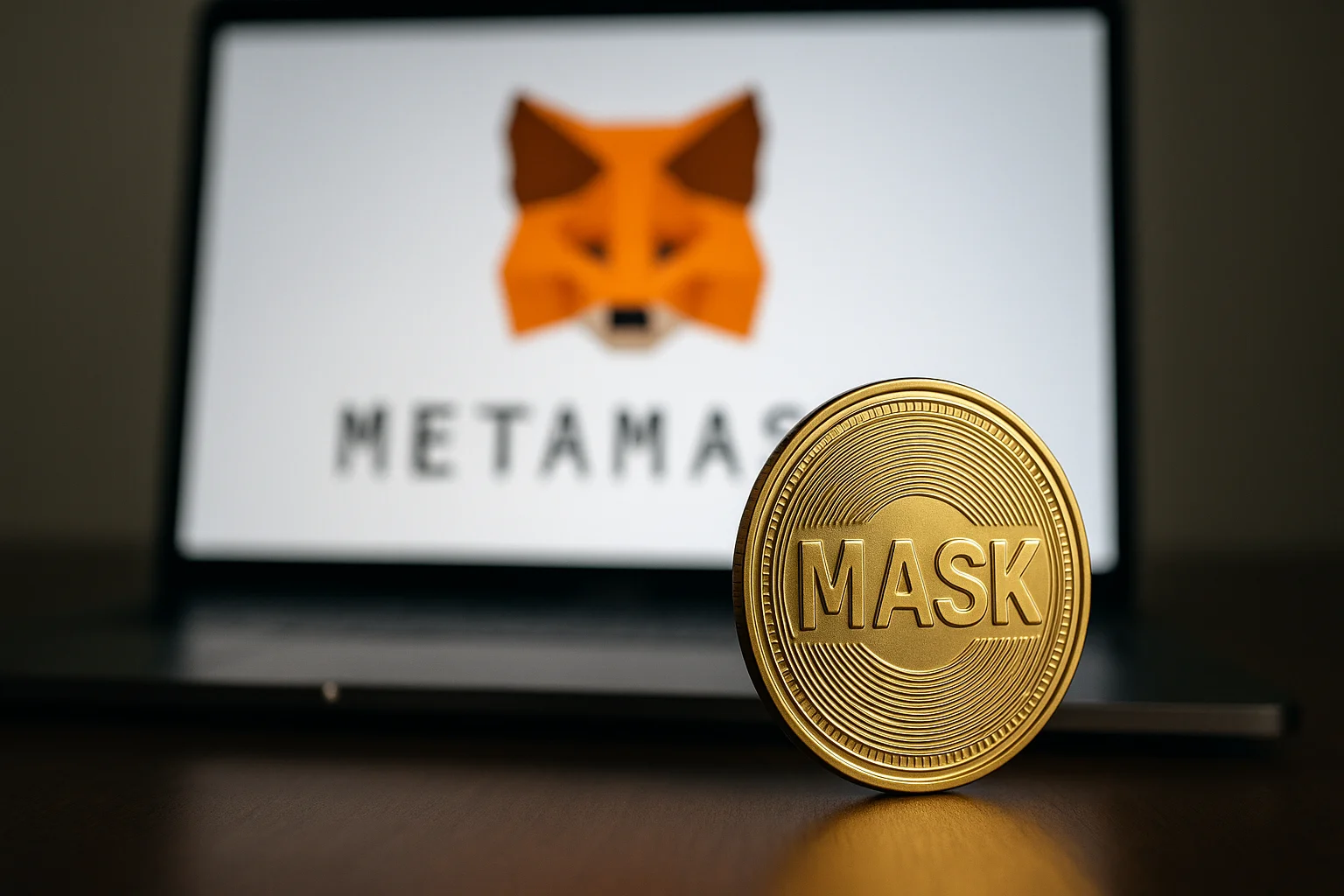News
XRP News
XRP News
Browse all XRP related articles and news. The latest news, analysis, and insights on XRP.
XRP Comment and Price Analysis - December 8, 2025
XRP Technical AnalysisThe first spot XRP ETFs have launched in the U.S., and inflows are gaining momentum. Institutional interest is growing, and these ETF investments are increasing XRP’s liquidity while also strengthening the possibility of XRP becoming a regular financial asset in institutional portfolios. This means XRP is no longer just a crypto investor’s asset — it’s now on the radar of traditional investors as well. Weekly Outlook Analyzing the chart on the weekly time frame, we see that $1.70–1.85$ range is the most important zone for XRP . This area has historically acted as strong resistance, but in the recent cycle it has turned into support. In other words, it has become a key “pivot level” that defines the long-term trend direction.Holding above this zone is essential for XRP to move back toward the upper side of its long-term channel. The top of this channel sits around $2.90–$3.50. So as long as XRP stays above $1.70–$1.85, it has the potential to climb toward that upper trend area over time, supported by renewed buying interest.If the $1.70–$1.85 zone breaks down, it signals weakness in the trend and opens the door for a move toward the lower channel region. In that case, the next major long-term support sits in the $0.75–$1.00 range. This area is the final strong support that keeps the overall structure intact. Falling into this region could trigger a long consolidation phase again.Summary;The $1.70–1.85 zone isn’t just a price level — it’s the key threshold that will decide whether XRP continues its long-term trend. Staying above it opens the path toward the $2.90–3.50 range, while losing it brings the risk of a deeper move toward the lower trend and long-term support.These analyses, not offering any kind of investment advice, focus on support and resistance levels considered to offer trading opportunities in the short and medium term according to the market conditions. However, the user is responsible for their own actions and risk management. Morover, it is highly recommended to use stop loss (SL) during the transactions.
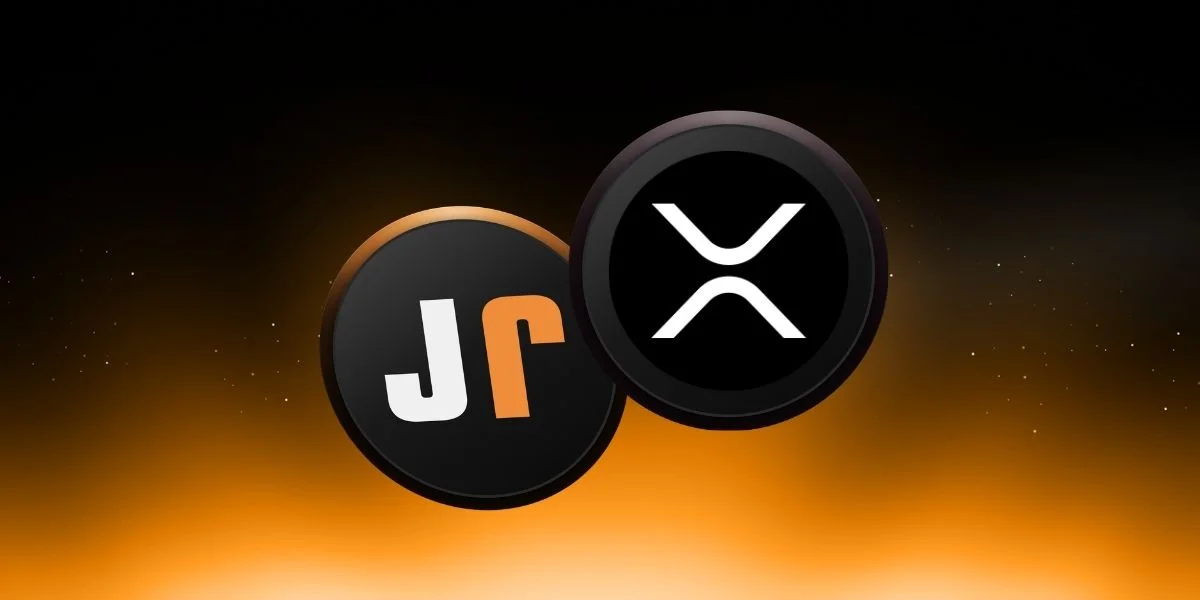
New XRP ETFs Surpass $130 Million: SOL, BTC, ETH Lag Behind
Spot XRP ETFs, which began trading in the US, made a splash in their first session on Monday. Grayscale and Franklin Templeton's new funds attracted over $60 million in inflows in a single day, outperforming both Bitcoin, Ethereum, and Solana ETFs. This strong start, which accompanies the general market recovery, indicates that the long-awaited institutional interest in XRP is finally becoming visible.XRP ETFs ImpressGrayscale's conversion of its closed-end GXRP Trust into an ETF made immediate impact on the first day; the fund closed the day with a net inflow of $67.4 million. Franklin Templeton, the $1.5 trillion asset manager's new product, XRPZ, attracted attention with a net inflow of $62.6 million. The combined performance of the two giants closed the day with over $130 million in volume. Adding the $16.4 million from Canary Capital's XRPC fund and the $17.7 million from Bitwise's XRP ETF, the spot XRP ETF category recorded a net inflow of $164.1 million in just one day. Furthermore, the total net inflows of XRP ETFs launched on November 13th have already reached $586.8 million, with not a single outflow recorded to date.Franklin Templeton ETF Product Director David Mann outlined the rapid increase in institutional appetite, emphasizing that XRP is "a digital asset that plays a fundamental role in the global settlement and payment infrastructure." However, it's noteworthy that BlackRock hasn't yet included XRP products; for now, the company appears to be focusing on maintaining its market dominance with its Bitcoin and Ethereum ETFs.The positive market sentiment has also pushed the price of XRP higher. XRP, which rose 8.6 percent on Monday, was trading at $2.20 at the time of writing. BTC, ETH, and SOL ETFs lag behind XRP.On the same day, US spot Bitcoin ETFs experienced net outflows of $151.1 million. Ethereum products partially offset this with net inflows of $96.6 million. Solana ETFs closed positive for the 20th consecutive day with inflows of $58 million, bringing their total inflows to $568.3 million. However, they still failed to match the first-day performance of XRP ETFs.Grayscale's DOGE ETF Opens QuietlyGrayscale also launched the first US spot DOGE ETF on Monday. However, the DOGE ETF failed to register any inflows on its first day. Despite this, experts see this launch as a symbolic breakthrough. NovaDius President Nate Geraci described the DOGE ETF as "one of the most striking indicators of the regulatory transformation of the past year."
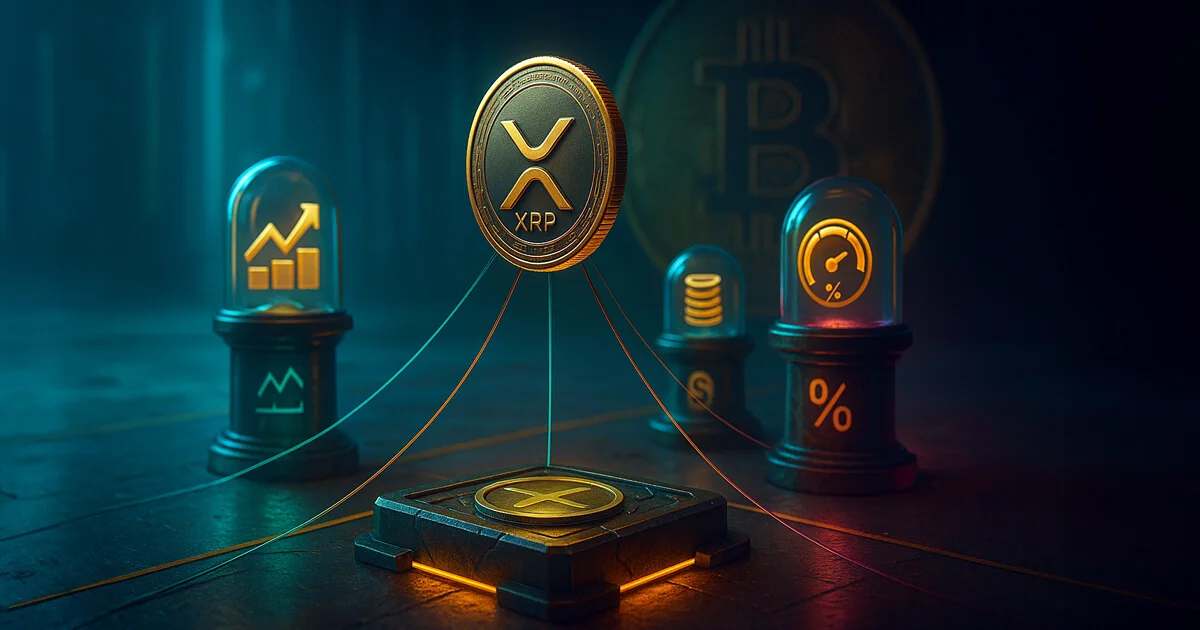
XRP Comment and Price Analysis - November 13, 2025
XRP Technical AnalysisNasdaq’s recent signal of approval for a potential spot XRP ETF could mark the beginning of a new chapter for the asset. This move may make it easier for institutional investors to access XRP, increasing both market interest and liquidity. After years of regulatory challenges, the news has created optimism across the sector, drawing investors’ attention back to XRP’s price action. Rising Channel Chart Analayzing the chart, we see that XRP has technically returned to its ascending channel, giving a positive signal on the charts. Following a sharp drop at the end of October, the price found solid support around $2.18, bouncing from this level and reclaiming both the rising trendline and the lower boundary of the channel.XRP is currently trading around $2.37, which acts as a short-term resistance and trend confirmation zone. A sustained move above this level could open the door for a push toward the $2.45 – $2.64 range. This zone previously attracted strong selling pressure.The next potential targets lie at $3.13 and $3.42 if the upward channel remains intact. However, if the price closes back below $2.45, a pullback toward $2.18 support becomes likely. Holding this key level will be essential to maintain the overall bullish structure.SummaryThe trend remains positive within the rising channel.$2.18 is the main support, and $2.45 is the short-term resistance.A clear breakout above $2.45 could lead to a move toward $2.64 – $3.13.Keeping the channel structure intact is crucial for the bullish outlook to continue.These analyses, not offering any kind of investment advice, focus on support and resistance levels considered to offer trading opportunities in the short and medium term according to the market conditions. However, the user is responsible for their own actions and risk management. Morover, it is highly recommended to use stop loss (SL) during the transactions.
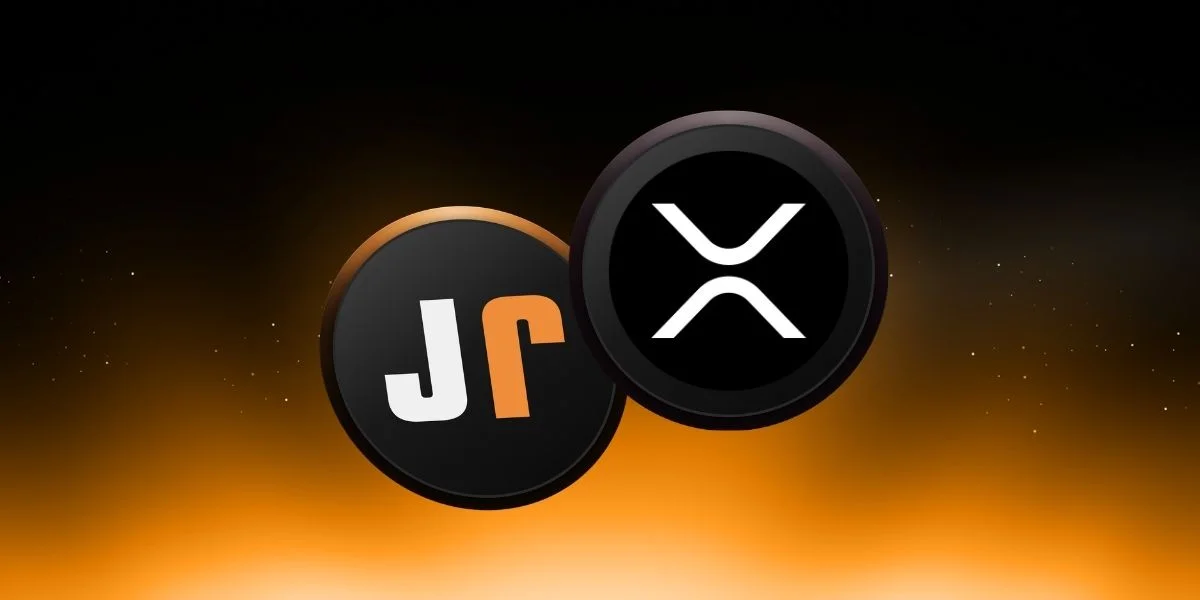
Investors Change Course: SOL, LTC, and XRP Shine on Fund Inflows
The wave of outflows in digital asset investment products continued into its second week. According to CoinShares' November 10, 2025 report, net outflows totaled $1.17 billion last week. This figure is attributed to the ongoing uncertainty in the market following the liquidity crash in mid-October and the US Federal Reserve's (Fed) hesitation regarding interest rate cuts.Trading volumes hovered around $43 billion throughout the week; while brief hopes of a US government reopening boosted fund inflows on Thursday, this optimism quickly dissipated on Friday.US-based funds led the negative trend. US markets alone saw outflows of $1.22 billion, while Germany and Switzerland saw positive inflows in Europe with $41.3 million and $49.7 million, respectively.Bitcoin and Ethereum ExplodeBitcoin and Ethereum accounted for the largest portion of fund outflows. Bitcoin products saw net outflows of $932 million and $438 million, respectively. Specifically, the iShares (BlackRock) Bitcoin ETF saw $876 million in outflows, and the Fidelity Wise Origin Bitcoin Fund saw $438 million. Grayscale also saw a $142 million decline.The sell-off in Bitcoin also fueled the shift towards short-term products. Short Bitcoin ETPs saw $11.8 million in inflows, the highest weekly increase since May 2025.Altcoins Resist: Solana Leads the WayDespite the selling pressure in major cryptocurrencies, altcoins remained resilient. Solana once again led the way with $118.4 million in weekly inflows. Over the past nine weeks, Solana funds have seen a total capital inflow of over $2.1 billion. XRP also saw a strong weekly inflow of $28.2 million. Other assets saw small but notable movements: Litecoin saw $1.9 million in inflows, and multi-asset products saw $12.3 million in inflows. In comparison, Sui saw $3.8 million in outflows, and Cardano saw $0.1 million.Table by Fund ProviderAccording to CoinShares data, iShares closed the week with the largest outflow, with $876 million. Fidelity saw a $438 million decline, while Grayscale saw a $142 million decline. In contrast, ProShares ETFs saw $158 million in inflows, 21Shares $22 million, and Bitwise $3 million.While the overall net inflow into crypto investment products has maintained $47.8 billion since the beginning of the year, outflows in the last two weeks indicate a significant cooling in investor sentiment.Regional Differences DeepenWhile the US remains at the center of outflow pressure, European markets remain relatively balanced. Germany and Switzerland maintained their positive trend, while Canada and Hong Kong experienced outflows of $7.6 million and $24.5 million, respectively. The report emphasizes that the reshaping of capital flows in the market is closely linked to Fed policies and global risk appetite.
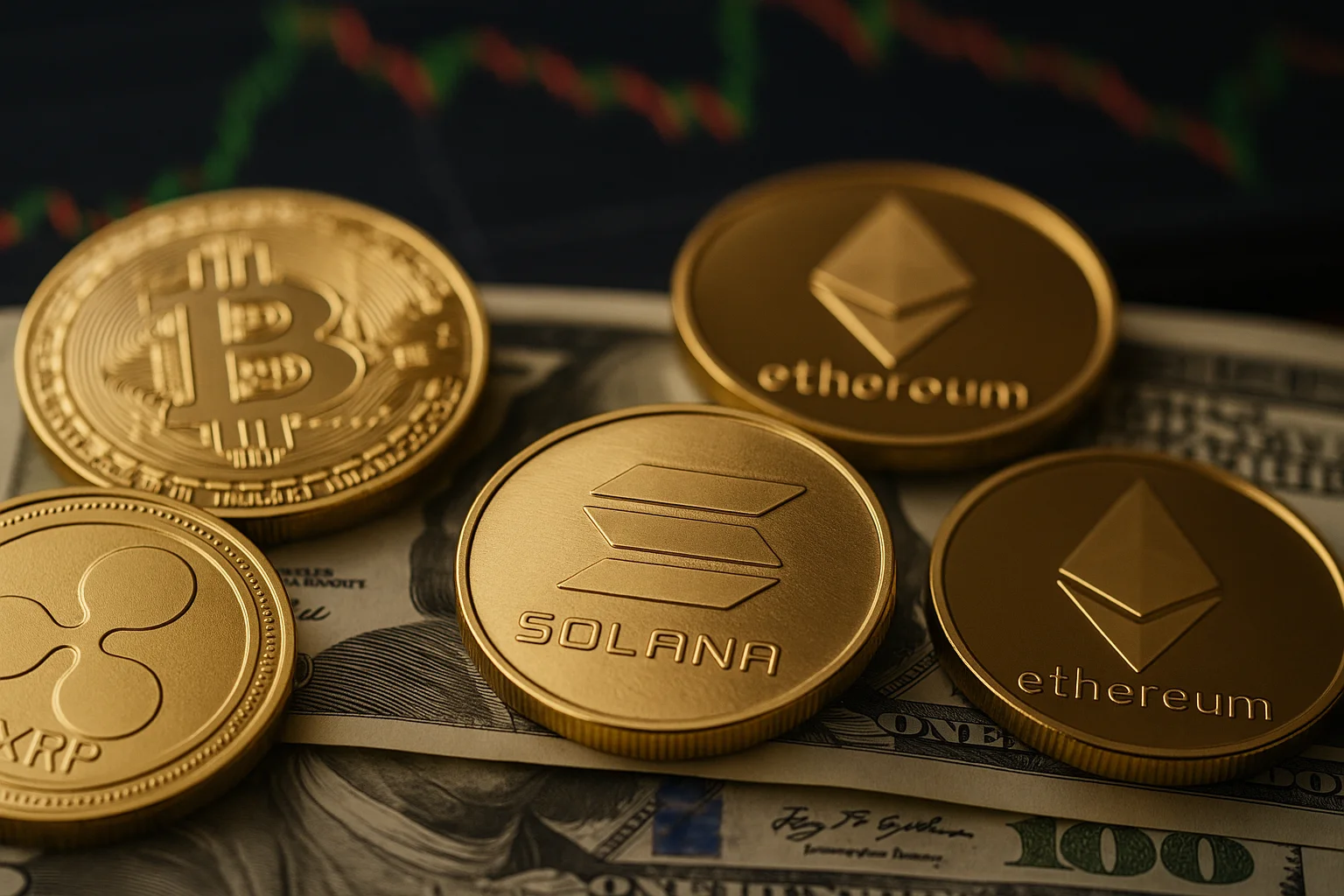
Mastercard, Ripple, and Gemini Partner for Stablecoin: XRP Rises
Global payments giant Mastercard will partner with Ripple and Gemini to test the implementation of traditional card payments on a public blockchain using a regulated stablecoin. According to the companies, this initiative will be one of the first times a US-regulated bank has reconciled card transactions using a stablecoin.As part of the project, Mastercard and Gemini's RLUSD stablecoin will be used on the XRP Ledger (XRPL) network. XRPL is an open-source blockchain network developed by Ripple and is known for its low-cost payment processing in seconds. Using RLUSD aims to both transparently record transactions on-chain and offer cost and speed advantages over traditional payment infrastructure."With the Gemini Credit Card, we are taking the integration of digital assets into everyday spending a step further," said Gemini Chief Financial Officer Dan Chen, emphasizing that the project aims to bridge the gap between the financial system and crypto assets. Gemini's XRP-themed credit card, launched in partnership with WebBank, allows users to earn rewards with XRP. WebBank will also be a key component of the stablecoin settlement process, which will be conducted via RLUSD.This initiative demonstrates Mastercard's continued expansion into the digital asset space. Last June, the company partnered with Chainlink to allow users to purchase crypto assets directly on-chain with fiat currency. Mastercard is also leading the migration of financial services such as identity verification and access to credit to the Web3 ecosystem by partnering with initiatives like Humanity Protocol in the digital identity and open finance space.On the Ripple side, ecosystem expansion efforts are ongoing. The company recently announced the acquisition of Palisade, a provider of enterprise wallet and custody technologies. This acquisition aims to strengthen Ripple's payment and custody solutions for corporate customers. Palisade's multi-blockchain support and multi-party computation (MPC) technologies will be integrated into Ripple's existing services.XRP price on the riseFollowing this news, the XRP price rose 4.9 percent to $2.35, breaking above the critical $2.30 resistance. Analysts note that the Mastercard and Gemini partnership adds a new trust factor to the Ripple ecosystem and expands the enterprise use cases of the XRP Ledger.
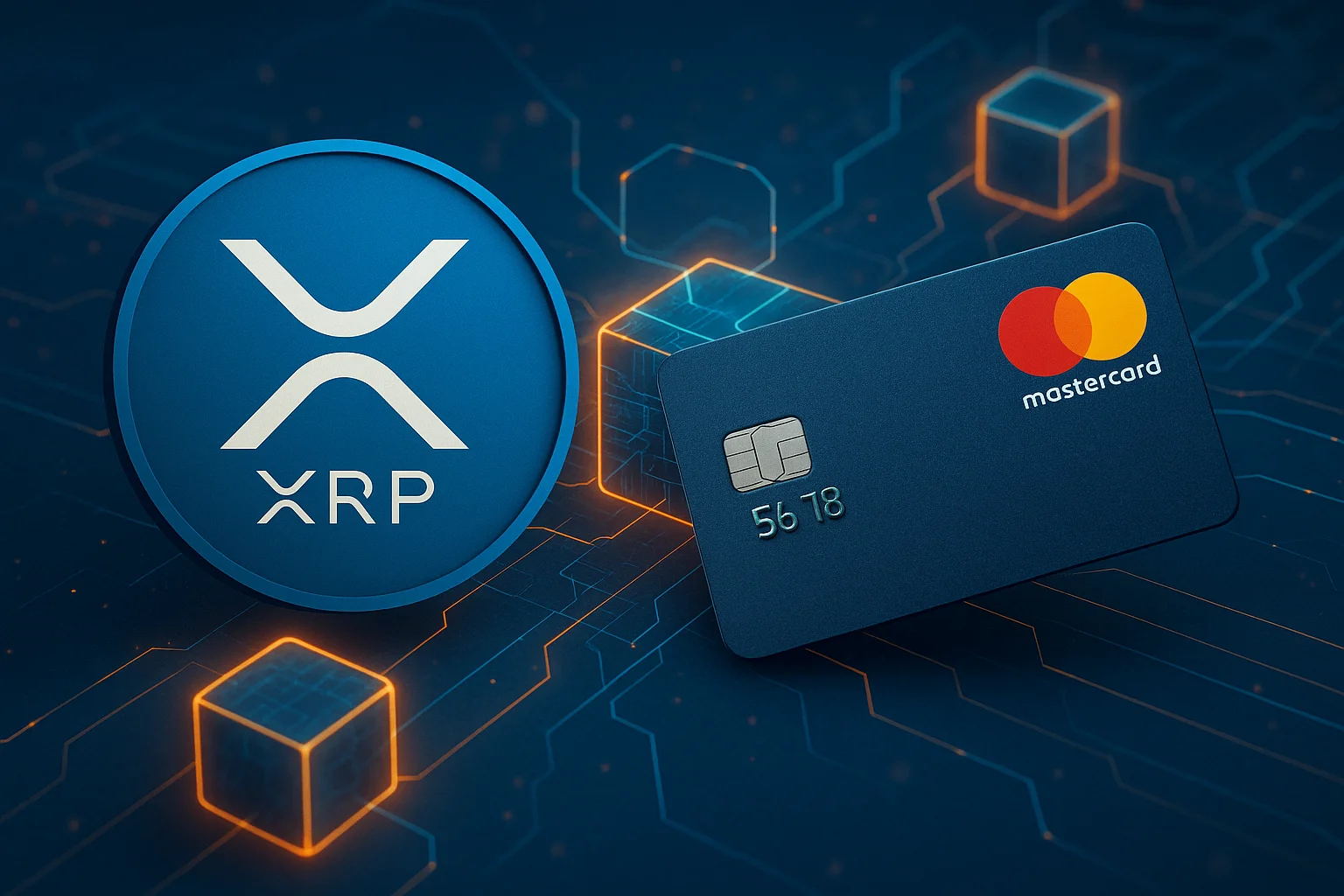
Ripple Reaches 40 Billion Dollar Value with $500 Million Investment
Ripple announced the completion of a new $500 million investment round. This round brings the company's valuation to $40 billion. The investment came from funds affiliated with leading Wall Street financial institutions such as Citadel Securities, Fortress Investment Group, and Brevan Howard. This development demonstrates both confidence in Ripple's corporate growth strategy and the growing strength of the XRP-based ecosystem.A Critical Investment for RippleRipple is a company operating in the crypto financial software space and offering solutions built on the XRP ecosystem. CEO Brad Garlinghouse announced the investment on the social media platform X. Garlinghouse stated, "This investment is not only a validation of Ripple's growth strategy, but also a strong demonstration of belief in the future of crypto."The price of XRP traded around $2.28 the morning following the announcement. In July, it reached $3.65, its first all-time high in seven years. This rise accelerated, particularly in the US, with the emergence of spot ETF plans for XRP and the easing of regulatory uncertainty.Ripple's latest funding round aims to support the company's long-term corporate vision. A portion of the funds will reportedly be used to expand its global payment network, develop liquidity management solutions, and offer XRP Ledger-based products to more institutions. Partnerships with financial institutions, particularly in the US and Asia, are enabling Ripple to play a growing role in international payment infrastructure.This Wall Street-backed investment also provides further evidence of traditional finance's interest in the crypto industry. Investments by financial giants such as Citadel Securities and Brevan Howard in crypto companies demonstrate progress in the sector's maturation and regulatory compliance.Ripple has recently gained significant market share, particularly in cross-border payments and enterprise blockchain solutions. The company's technology offers both speed and cost advantages in international money transfers. Active testing of the XRP Ledger infrastructure by banks and financial institutions is accelerating the technology's global adoption. Brad Garlinghouse concluded his statement by emphasizing that Ripple's journey is still in its early stages. "I'm proud of what we've built so far, but what really matters is what comes next," he said.
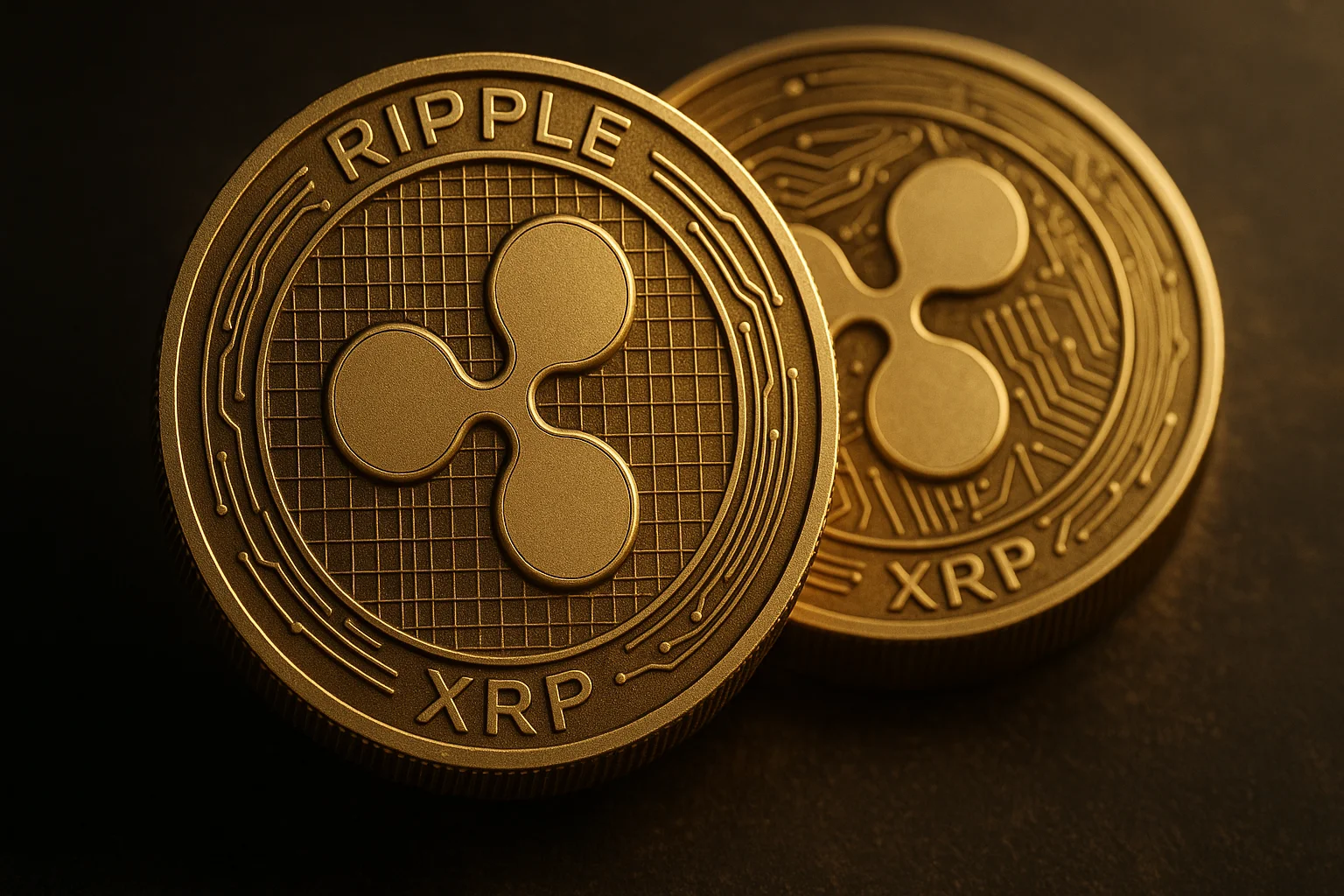
XRP Comment and Price Analysis - October 31, 2025
XRP/USDT Technical AnalysisAnalyzing the chart on a daily time frame, we see that XRP is still trading inside an upward channel. The price is currently consolidating near the lower band of the channel and the $2.44–$2.38 support zone, which is an area where strong buying was seen before. Rising Channel Structure If XRP holds above this zone, a bounce toward the mid-channel becomes likely. The first resistance is at $2.64, and the next key level is $2.93, which matches both a horizontal barrier and the middle trend line. If XRP breaks above $2.93, the next target range could be $3.13–$3.42.On the other hand, losing the $2.38 support could weaken the channel and bring more selling pressure, possibly pushing the price down to $2.18. The next strong support below that sits around $1.90.Summary• XRP is holding above the lower trend and key horizontal support.• The $2.38–$2.44 area is crucial for a potential rebound.• Watch $2.64 → $2.93 as resistance zones.• A close below $2.38 could trigger deeper losses.These analyses, not offering any kind of investment advice, focus on support and resistance levels considered to offer trading opportunities in the short and medium term according to the market conditions. However, traders are responsible for their own actions and risk management. Moreover, it is highly recommended to use stop loss (SL) during trades.
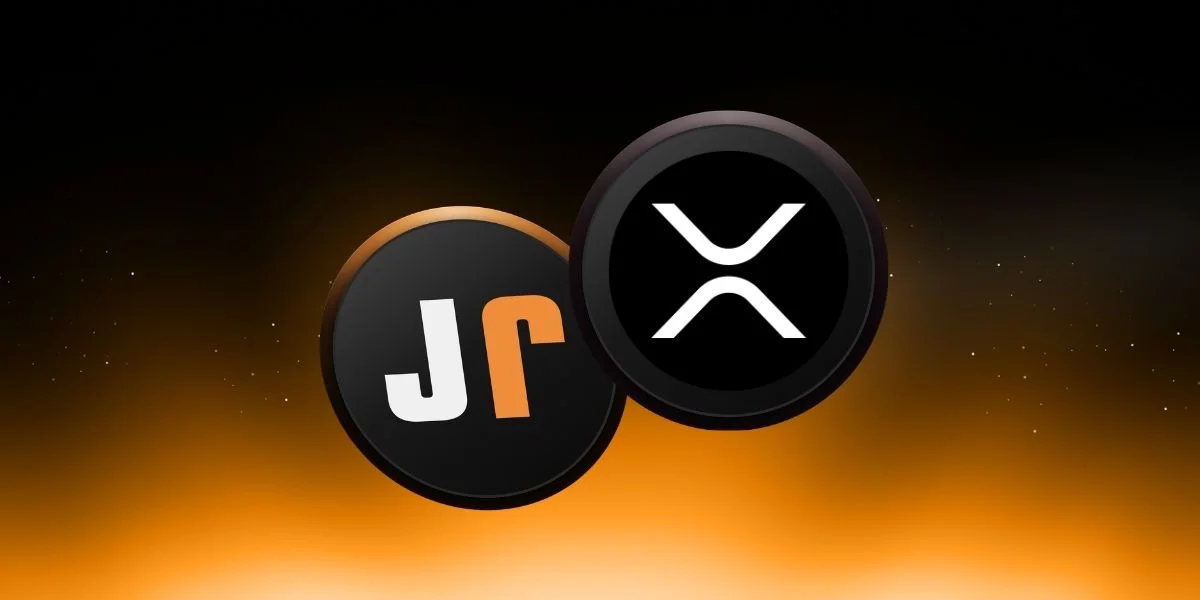
CME Group Launches Options for Solana and XRP
CME Group, the world's largest derivatives exchange, has opened a new chapter in the crypto market. The company has now added Solana (SOL) and XRP futures options to its product line, already known for its Bitcoin and Ethereum futures. These products, regulated by the US Commodity Futures Trading Commission (CFTC), could boost institutional confidence in the crypto market.Solana and XRP options begin trading on CMEThe new options began trading on October 13th. These physically delivered contracts offer investors both hedging and more flexible position management. According to CME Group, Solana and XRP options are designed for both large-scale investors and smaller players with micro-contract sizes.This move comes at a particularly significant time, particularly after last week's flash crashes and outages on major exchanges. Leading crypto platforms like Binance and Backpack were temporarily down due to heavy trading during Friday's volatility. Some users even received compensation for liquidations caused by system errors. In this environment, CME's launch of new products on a regulated platform is a response to institutional investors' search for stability and confidence.CME Group has been a leader in Bitcoin and Ethereum options for years. The company achieved record trading volume with 9.2 million contracts in the second quarter of 2025. With the addition of Solana and XRP, CME now offers futures and options trading across four major crypto assets. This expansion is considered one of the strongest indicators that traditional finance is establishing stronger ties with crypto.Markets also welcomed this development. Solana rose to $197 in the hours following the news, while XRP rose to $2.55.CME's move aligns with macroeconomic developments. As global interest rate cuts continue, investors are turning to alternative assets that central banks cannot "print." In an inflationary environment, digital assets, like gold and silver, stand out for their scarcity. This trend is bringing fast, scalable, and direct financial-use crypto projects like Solana and XRP to the forefront. Solana's "proof of history" structure, which supports thousands of transactions per second, and XRP's cross-border payment infrastructure, in particular, differentiate them from Bitcoin and Ethereum. Both networks can complete transactions in seconds, making them among the few blockchains capable of handling the transaction volume of financial institutions. This feature of the two coins is also illustrated in the CME report, accompanied by the following chart:
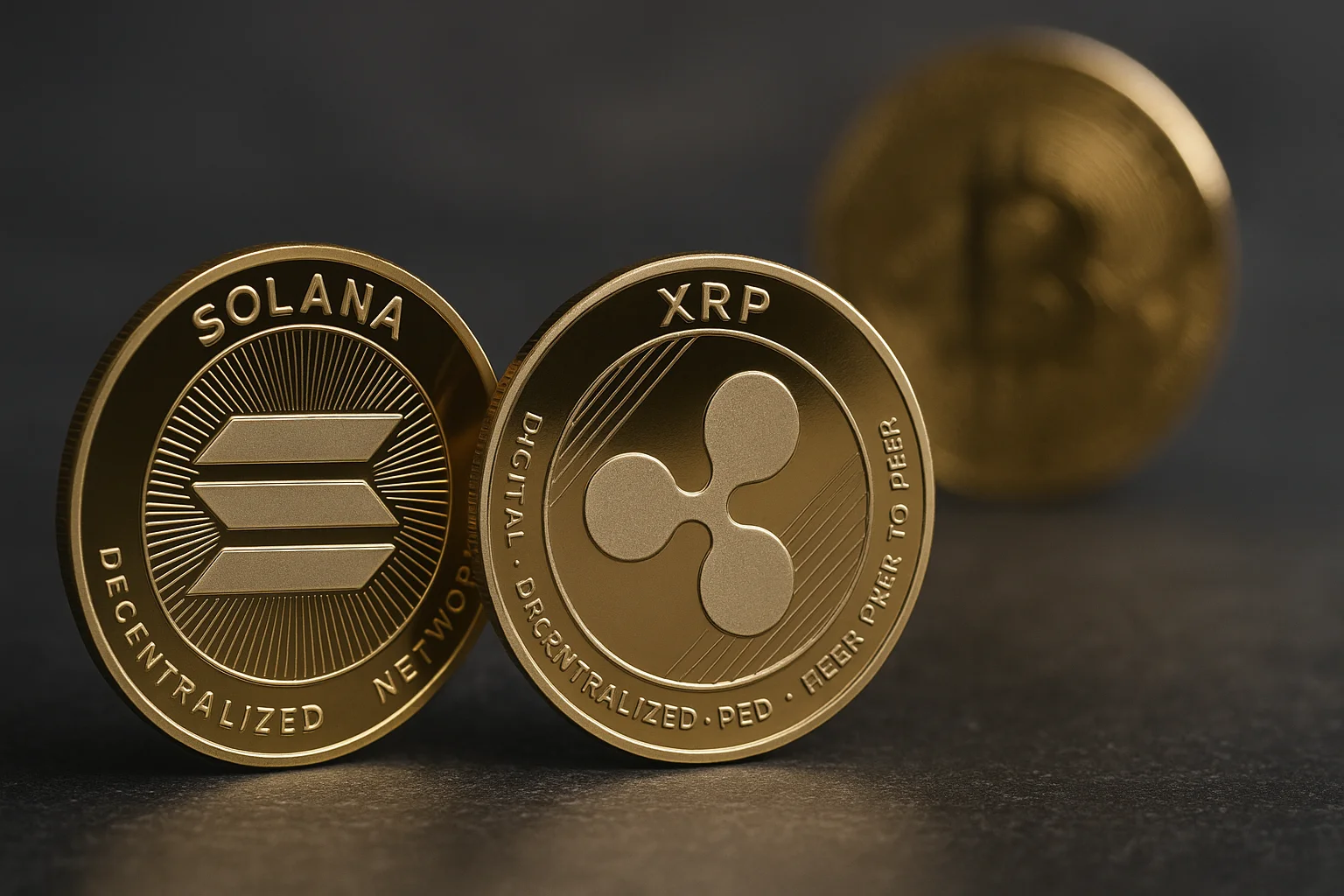
Strategic Investment in Ripple from Nasdaq-Listed US Company
Palo Alto-based investment firm C1 Fund Inc., listed on the New York Stock Exchange, has made a significant move in the sector by partnering with Ripple, a pioneer in enterprise blockchain solutions. The fund is known for its focus on late-stage digital asset and blockchain infrastructure investments. With this move, C1 Fund, which aims to accelerate institutional adoption in digital finance, has strengthened its portfolio with one of the industry's most established technology providers.Major Investment for RippleRipple has been known for years for its blockchain-based solutions aimed at transforming global cross-border payments. The company's payment infrastructure is used by banks and financial institutions for real-time, low-cost, and transparent transactions. Furthermore, Ripple's stablecoin project, RippleUSD (RLUSD), and the open-source XRP Ledger (XRPL) network enable the secure and rapid exchange of both crypto assets and traditional financial instruments. Elliot Han, Chief Investment Officer of C1 Fund, explained the strategic direction of the investment: “Ripple’s technological infrastructure and global reach align perfectly with our strategy to support the institutional adoption of blockchain-based financial systems. This partnership will make a strong contribution to the maturation of digital assets.”C1 Fund CEO Dr. Najam Kidwai described the inclusion of Ripple in the fund’s portfolio as “part of our vision to support innovative and reliable companies in the digital assets space.” Kidwai stated, “Ripple is taking a leading role in the blockchain ecosystem, both in terms of technology and regulation. With this investment, we are even more strongly positioning our investors for the digital financial infrastructure of the future.”C1 Fund previously aimed to bridge the gap between traditional capital markets and the digital asset economy by investing in companies developing blockchain infrastructure and Web3 services. The Ripple investment is seen as a natural continuation of this strategy. As the fund expands its investment portfolio, it excludes companies operating in mainland China and focuses on Western-based technological innovations. According to experts, this agreement could significantly contribute to both the future of enterprise blockchain solutions and Ripple's position in the industry. At a time of ongoing regulatory uncertainty surrounding stablecoins and digital payment infrastructure, particularly in the US, the turn to Ripple from institutional investors is considered a significant signal of confidence. Ripple's existing customer network has expanded beyond banks and payment providers to include partnerships with public institutions.C1 Fund management plans to announce new investments of similar scale in the coming period. The company aims to expand its portfolio by continuing its strategy of "providing long-term capital support to key infrastructure providers" in the digital asset sector.Ripple and XRP: What's the Latest?At the time of writing, the price of Ripple-linked XRP is around $2.8344.
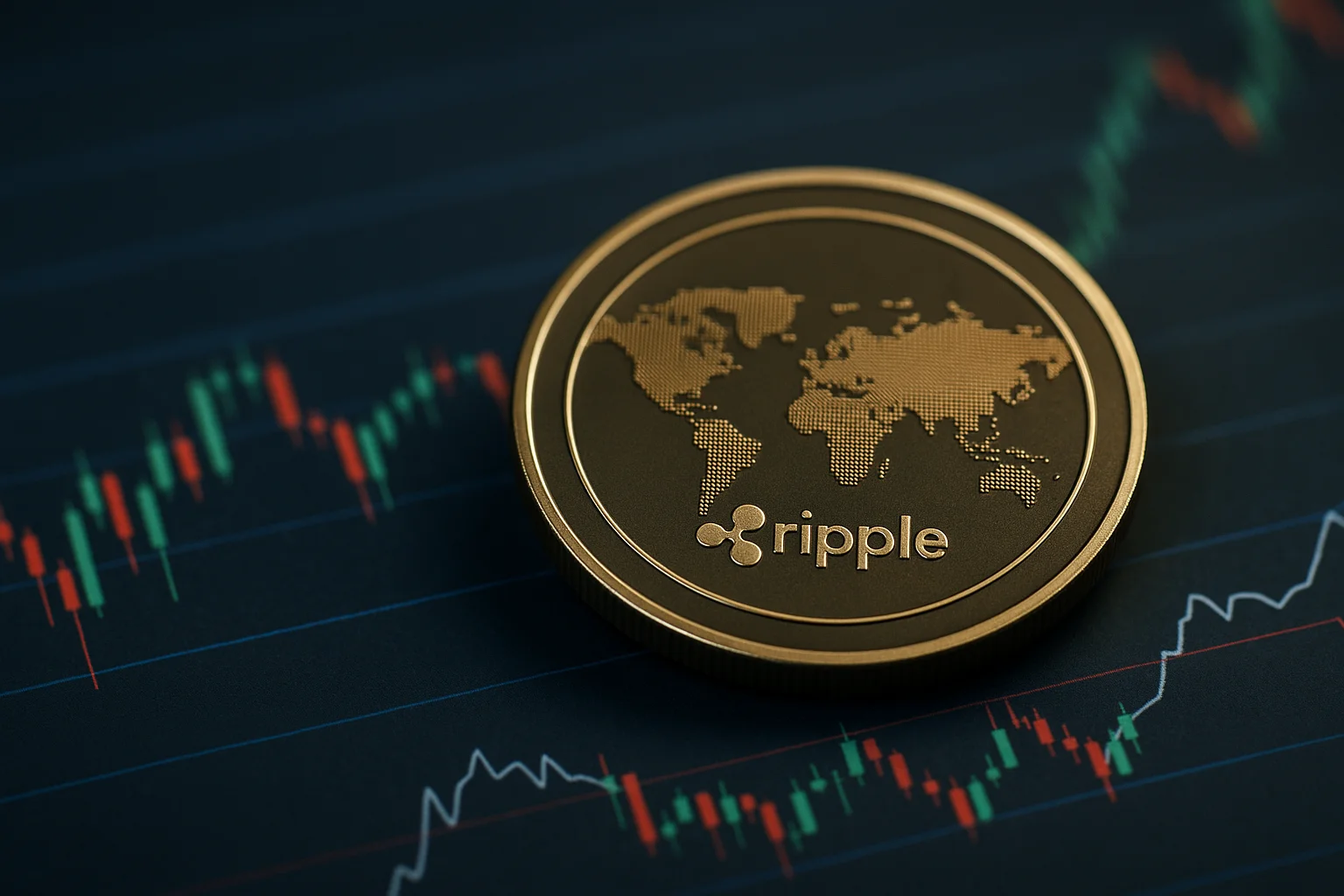
3x Leveraged ETFs for XRP, SOL, ETH, and Bitcoin Are Coming
The crypto market is heating up again. This time, GraniteShares is taking the stage. The US-based investment company has launched a plan for 3x leveraged exchange-traded funds (ETFs) for XRP, Solana, Ethereum, and Bitcoin. This means investors will now be able to take leveraged positions on both upside and downside of these major crypto assets with up to three times the leverage. 3x leveraged ETFs are coming for four cryptocurrenciesUS-based investment company GraniteShares is taking a new step to whet the appetite of crypto investors. The company has applied to offer 3x leveraged exchange-traded funds (ETFs) based on XRP, Solana, Ethereum, and Bitcoin. These products will be designed for both long (bullish) and short (bearish) positions.GraniteShares already offers similar leveraged products for Bitcoin, Ethereum, and Solana. However, the new application promises investors much higher returns (and, of course, risk) by offering up to 3x leveraged trading, particularly for XRP. Interest in XRP ETFs ContinuesIn recent months, 2X leveraged XRP ETFs have gained significant popularity among investors. GraniteShares aims to take this trend a step further. The company's planned 3x version is designed for risk-averse investors looking to maximize price fluctuations.However, this move comes at a time when the overall outlook for the crypto market is pessimistic. The XRP price has fallen below $2.90, while Bitcoin and Ethereum are also in the red. This has dampened enthusiasm for ETF applications in the short term.Approval Process Stalled by Government ShutdownThe U.S. Securities and Exchange Commission (SEC) has temporarily suspended review of new ETF applications due to the federal government shutdown. This has led to the indefinite postponement of approval for many altcoin products, including XRP ETFs.Nevertheless, GraniteShares' persistence is noteworthy. The company was one of the first institutions to champion crypto ETFs in the past. This move could create a leadership opportunity in the "high risk, high return" segment.Leading XRP lawyer Bill Morgan responded to GraniteShares's application with humor: "I will continue to panic-buy XRP in the face of this overwhelming demand for an XRP ETF," he said. Morgan also emphasized that the application demonstrates that XRP remains among the top four cryptocurrencies, alongside Bitcoin, Ethereum, and Solana.GraniteShares's move signals continued interest in XRP from institutional investors, even as the market declines. Despite regulatory uncertainty and price weakness, leveraged ETF offerings have brought XRP back into the headlines.The market's calm comes amidst a growing influence of traditional finance (TradFi). However, if these 3X leveraged products are approved, a renewed surge of volatility and renewed retail investor interest is expected in the crypto market.In short, if GraniteShares's move is approved, it could usher in a new era for risk-averse investors—a bold step bridging the gap between crypto and traditional finance.
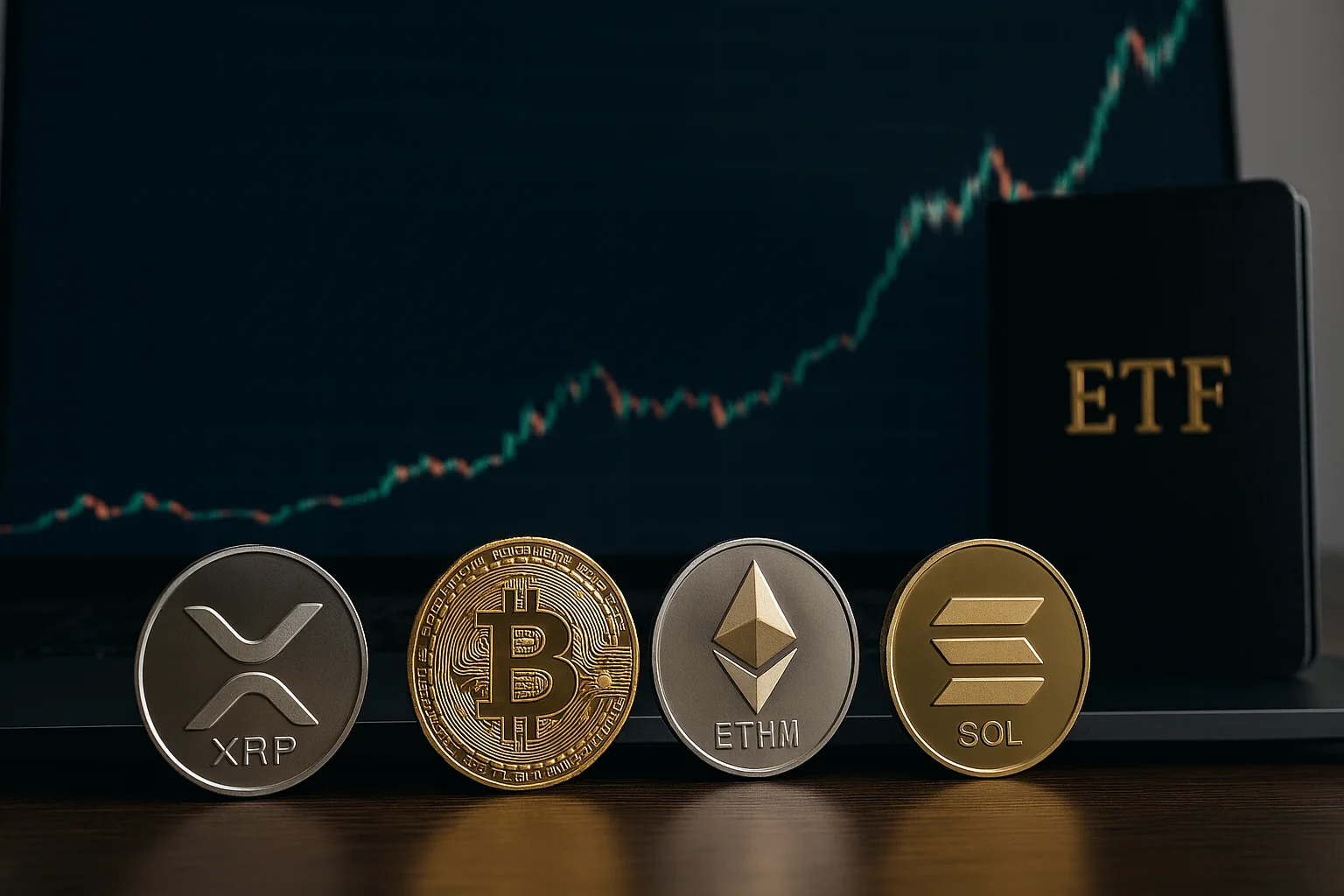
October is Critical for SOL, ADA, LTC, and DOGE: 16 Crypto ETF Applications Nearing Finalization
The US Securities and Exchange Commission (SEC)'s decisions in October could be a critical turning point for the crypto market. As the deadlines for 16 different crypto exchange-traded fund (ETF) applications approach throughout the month, investors are debating whether a new altcoin rally is imminent.Litecoin, Solana, XRP: ETF applications have been filed for numerous altcoins.The first application to stand out on the calendar is decentralized exchange Canary's Litecoin ETF. The deadline for a final decision is October 2nd. Grayscale's request to convert its Solana and Litecoin trusts into an ETF will then be considered on October 10th. Later in the month, WisdomTree's XRP ETF application will be on the table. Bloomberg ETF analyst James Seyffart notes that the SEC could announce its decisions before the deadlines. This situation is adding uncertainty and excitement to the markets. Investors are particularly keen on popular altcoins like Solana, XRP, Litecoin, and Dogecoin. Bitfinex analysts predict that the approvals could usher in a new altcoin season by offering safe and regulated investment opportunities. ETF expert Nate Geraci says October is "a huge period for the crypto ETF market." However, the absence of applications from major players like Fidelity and BlackRock suggests that this wave could be a significant, though not yet definitive, development. Signs of a softening of the SEC's approach are also notable. With the new regulation announced on September 17, listing standards for commodity-based trust funds were updated. This step could shorten the spot crypto ETF approval process. Bloomberg's Seyffart describes this move as "the precursor to a wave of launches," while his colleague Eric Balchunas states that more than 20 crypto assets with futures on Coinbase could be included in the spot ETF process. Indeed, Hashdex's recent expansion of its portfolio to include XRP, Solana, and Stellar demonstrated the market's rapid adaptation. Major exchanges such as Nasdaq, NYSE Arca, and CBOE BZX have also updated their applications to adapt their existing Bitcoin and Ethereum ETFs to the new standards.However, criticism is not without its drawbacks. SEC Commissioner Caroline Crenshaw argues that the new regulations could bypass some key investor protections. Crenshaw stated that these products are "new and untested" and could increase risks for small investors.However, optimism prevails among market participants. Investors believe October could be a "watershed month" for crypto ETFs. Approvals could facilitate access to the spot market, generating a new influx of capital into altcoins. However, rejected applications or delayed decisions carry the potential to disappoint expectations.Consequently, October appears poised to be a test case for crypto ETFs. A succession of approvals could see significant market momentum; But cautious experts caution that this alone doesn't guarantee a sustained altcoin rally. All eyes are now on the SEC's decisions.
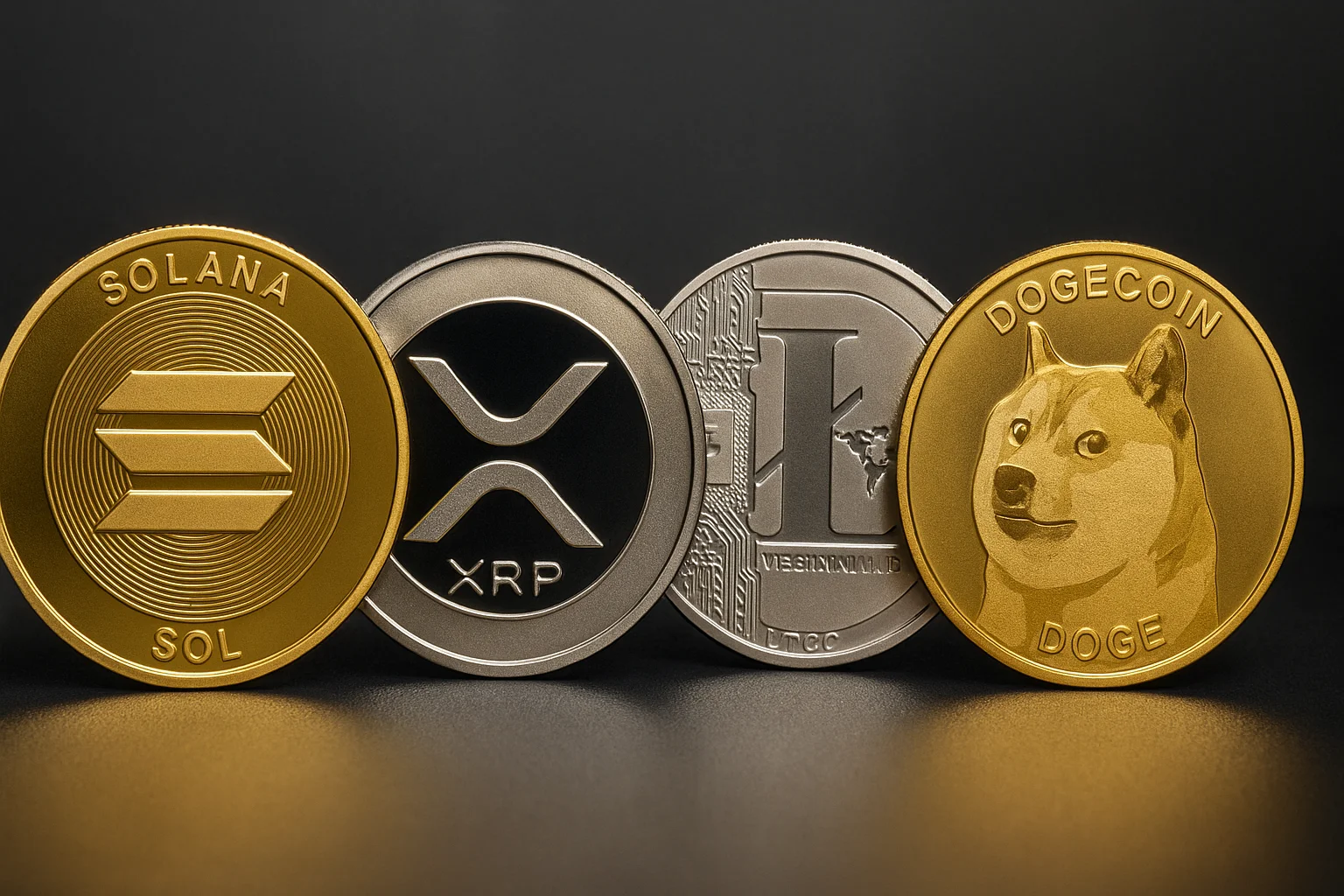
SEC Approval: BTC, ETH, XRP, SOL, and XLM Officially Included
The U.S. Securities and Exchange Commission (SEC) has officially approved the Nasdaq Crypto Index US ETF (NCIQ), launched by Hashdex. Thanks to the new regulation, the fund will not only offer Bitcoin (BTC) and Ethereum (ETH) but will also be able to add leading altcoins such as XRP, Solana (SOL), and Stellar (XLM) to its portfolio. This decision is seen as a significant milestone in diversifying regulated crypto investment instruments.Hashdex's ETF was established in Delaware, and last week, a new trust agreement, revised for the third time, entered into force. This brings the fund into compliance with Nasdaq's current listing standards. With the SEC approval, the fund's fiscal year structure remains unchanged, but it has gained official authorization to add altcoins such as XRP, SOL, and XLM.New Rules Bring Expedited ApprovalThe SEC recently adopted new rules that expedite the listing process for crypto ETFs. While it could previously take up to 270 days for an ETF to receive approval, the new standards have reduced this timeframe to 75 days. This eliminates the need for individual reviews during the application process. Now, funds that meet certain requirements can launch directly to the market much sooner.Canary Capital Group founder Steven McClurg stated that there have already been approximately a dozen applications filed with the SEC, with more in the pipeline, adding, "We'll see a wave of launches in the last quarter of this year." DGIM Law's Jonathan Groth also stated that the crypto ETF market could experience a "boom period" starting in October.The fund's new allocation is noteworthy.The updated fund allocation maintains a strong emphasis on BTC and ETH, allocating 6.93% to XRP, 4.11% to Solana, and 0.33% to Stellar. Projects such as Cardano (1.22%), Chainlink (0.50%), and Uniswap (0.14%) are also included in the portfolio in small percentages. This makes the Hashdex ETF one of the first funds to officially include Stellar (XLM). Crypto market expert Nate Geraci, in a social media post, described the SEC's approval as "a significant development that paves the way for diversification in crypto investment." While the majority of users welcomed the decision, some commentators emphasized that adding altcoins to ETFs would foster broader market acceptance.The SEC's new standards allow funds to be approved quickly if they meet certain conditions. For example, the listed crypto asset must have at least six months of CFTC-regulated futures contracts or another ETF must directly hold 40% of that asset. This has enabled projects like XRP, SOL, and XLM to quickly become part of the regulated investment vehicle.Grayscale also took action shortly after the SEC's announcement, converting its private fund into a publicly traded product, the CoinDesk Crypto 5 ETF. This ETF includes BTC, ETH, XRP, SOL, and ADA. Grayscale CEO Peter Mintzberg stated that the swift action stemmed from "the goal of providing greater regulatory clarity and investor access."Crypto market analysts expect ETFs focused on XRP and Solana to launch in October. However, the real question is whether investors will genuinely show interest in these altcoins beyond Bitcoin and Ethereum. The SEC's recent decision has been noted as one of the most significant steps in the opening of altcoins to traditional markets.
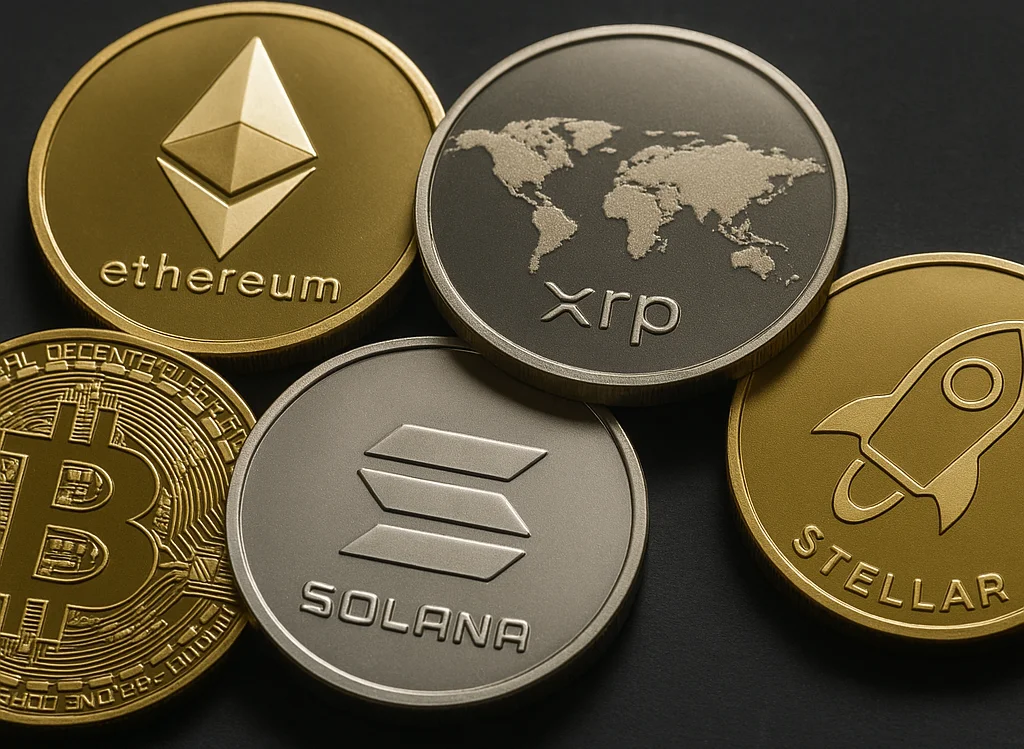
Consensys CEO Announces Launch Imminent for MetaMask's MASK Token
Joseph Lubin, co-founder of Ethereum and CEO of Consensys, confirmed the imminent launch of the long-anticipated MetaMask token, MASK. Speaking on "The Crypto Beat" podcast, Lubin said, "The MASK token is coming; it could be here sooner than you think," sparking excitement in the community.MetaMask, one of the most popular wallets in the Ethereum ecosystem, serves millions of users. Rumors have circulated for years that the wallet would issue its own token. This idea was first raised in 2021 by MetaMask engineer Erik Marks, who floated the idea of a community-owned governance token. However, no official announcement has been made until now. Lubin's latest statements indicate that the plan is now finalized and the launch is imminent.Lubin emphasized that MASK will not be a mere token launch but will serve to decentralize certain areas of the MetaMask ecosystem. Lubin stated that Consensys has long embraced a "gradual decentralization" approach in the Ethereum ecosystem, and that projects like MetaMask, Infura, and Linea play a critical role in achieving this goal.MetaMask co-founder Dan Finlay also stated in an interview last month that a potential token launch would be integrated into the wallet, allowing users to access it directly from within the app. Finlay's statements, which were cautious at the time, saying "it's still a possibility," now appear to have evolved into a concrete roadmap with Lubin's comments.Consensys Launches Linea TokenConsensys launched the LINEA token for Linea, the Ethereum Layer-2 network, in recent weeks. Over 9.36 billion LINEA tokens have been distributed to the community, with Consensys receiving only a 15% share. The remainder is allocated to developers, liquidity providers, and programs to incentivize Ethereum projects. Lubin signaled that a similar community-focused approach could apply to MASK.Furthermore, Lubin also commented on his role at SharpLink Gaming. He acknowledged that the publicly traded company, known for its Ethereum treasury, has experienced a decline in market net asset value (mNAV), stating that this is a cyclical process. Lubin stated that rising Ethereum prices will positively impact SharpLink's performance, adding, "The markets will regain some vitality."SharpLink CEO Joseph Chalom described the mNAV drop below 1 as a temporary aberration. He stated that the company will continue its Ethereum accumulation strategy and, if necessary, will support investor confidence through share buybacks and new capital raises.
